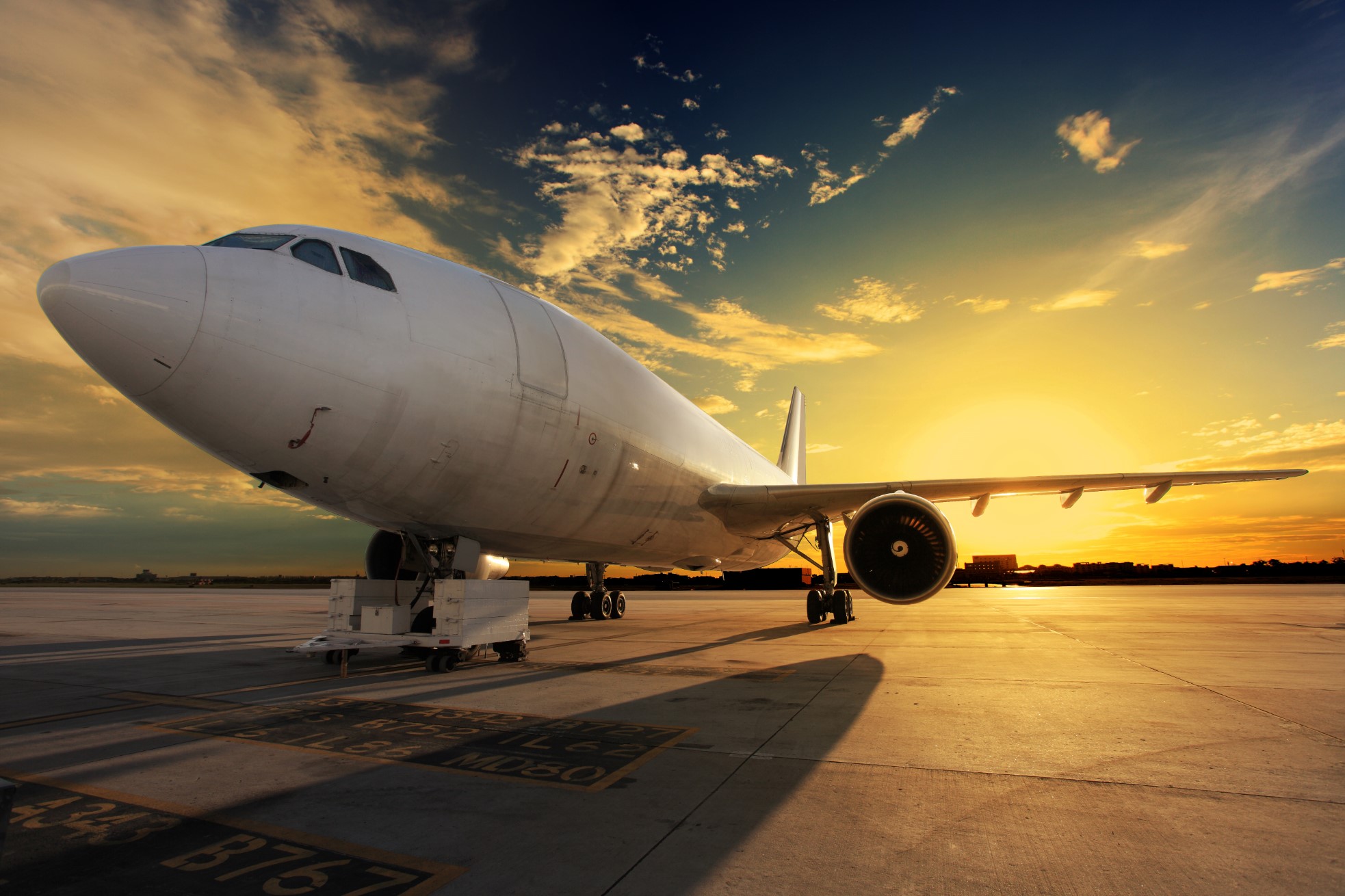
Blog
11th February 2023
Aerospace materials are critical components in the aerospace industry, responsible for ensuring the safety and efficiency of aircraft and spacecraft. These materials are designed to withstand high stress, extreme temperatures, and harsh environments, making them essential for the success of aerospace missions. In this blog, we will delve deeper into the various types of aerospace materials and their importance in the aerospace industry.
1. Composites
Composites are a class of materials that are made up of two or more distinct materials with different properties. In the aerospace industry, composites are commonly used to create lightweight and strong structures, such as aircraft wings and fuselages. The combination of these materials results in a material that is lighter, stronger, and more durable than traditional metals, making it ideal for use in the aerospace industry.
One of the most common types of composites used in the aerospace industry is carbon fiber composites. Carbon fiber composites are made from carbon fibers that are woven together with a resin matrix to form a strong, lightweight material. Carbon fiber composites are known for their high strength-to-weight ratio, excellent fatigue resistance, and resistance to corrosion, making them ideal for use in aerospace applications. Additionally, they have a high modulus of elasticity, which means they can withstand large amounts of stress without deforming.
Another type of composite that is commonly used in the aerospace industry is glass fiber composites. Glass fiber composites are made from glass fibers that are woven together with a resin matrix to form a strong, lightweight material. Glass fiber composites are known for their low cost and ease of manufacturing, making them ideal for use in a variety of aerospace applications.
2. Carbon Fiber
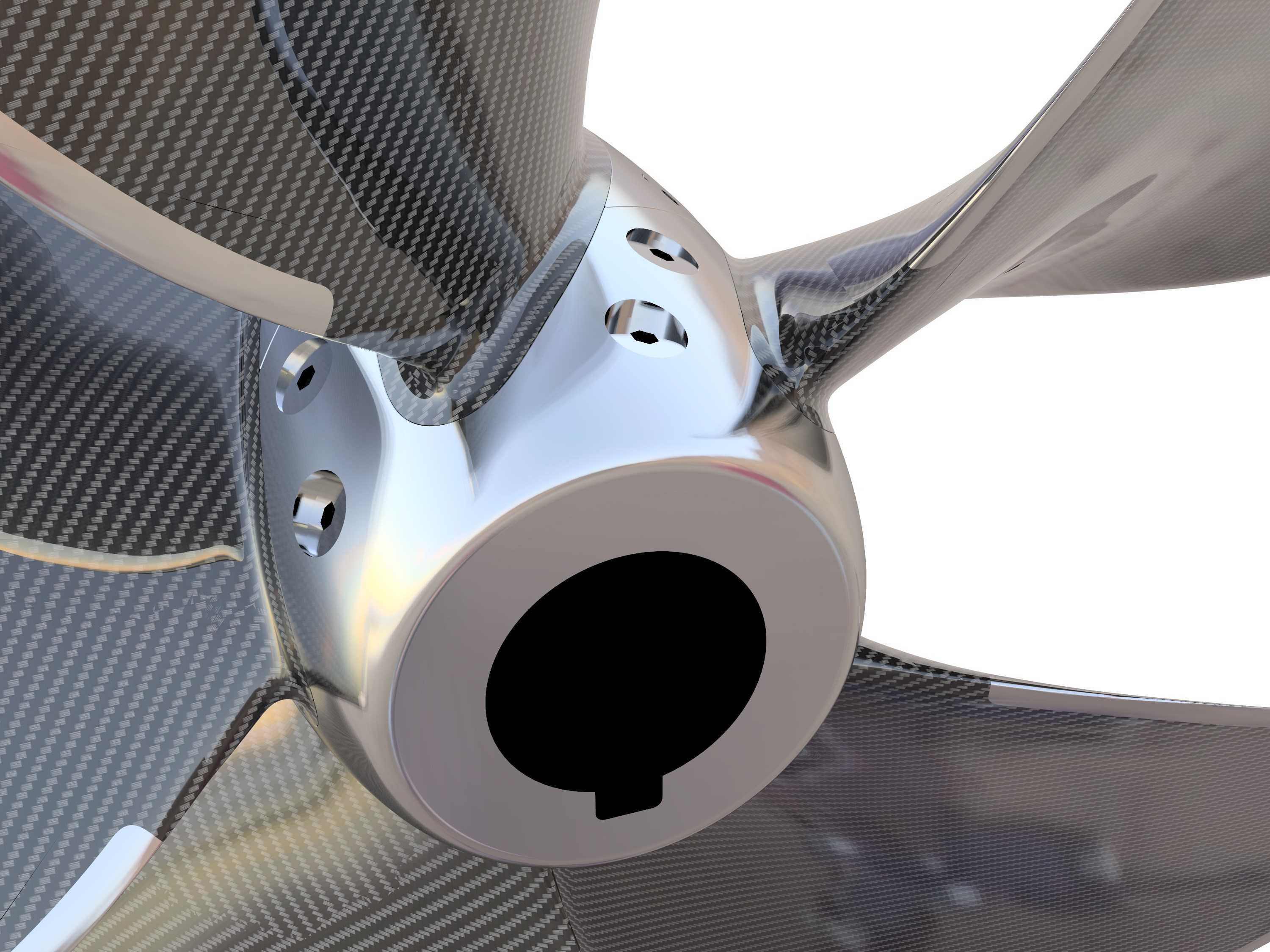 Image Source: FIBERDYNE AEROSPACE
Image Source: FIBERDYNE AEROSPACE
Carbon fiber is a popular material used in the aerospace industry because of its combination of lightweight and high strength. In aerospace applications, weight is a critical factor, as it directly impacts fuel efficiency and performance. Carbon fiber composites offer a significant weight advantage over traditional materials such as aluminum and steel, making them ideal for use in aircraft structures, such as wings, fuselages, and tail surfaces.
In addition to its lightweight properties, carbon fiber composites also have high resistance to fatigue, corrosion, and moisture, making them well-suited for use in harsh aerospace environments. They also have excellent thermal stability, making them useful in high-temperature applications, such as in engine components and hot air ducts.
Carbon fiber composites are used in a variety of aerospace applications, from commercial airliners to military aircraft and even spacecraft. Some notable examples include the Boeing 787 Dreamliner and the Airbus A350, both of which make extensive use of carbon fiber composites in their construction. In military aircraft, carbon fiber composites are used in the production of unmanned aerial vehicles (UAVs), as well as in the development of advanced stealth technology. Some of the top companies that manufacture aerospace carbon fiber are Hexcel Corporation, SGL Carbon SE, Toray Industries Inc., Toho Tenax (Tenjin Carbon), Solvay among others.
Overall, the use of carbon fiber in the aerospace industry has greatly improved the performance and efficiency of aircraft, while also offering significant weight savings and improved durability. It is likely that the use of carbon fiber composites will continue to grow in the aerospace industry in the coming years, as manufacturers look to make their aircraft lighter, stronger, and more fuel efficient.
3. Titanium
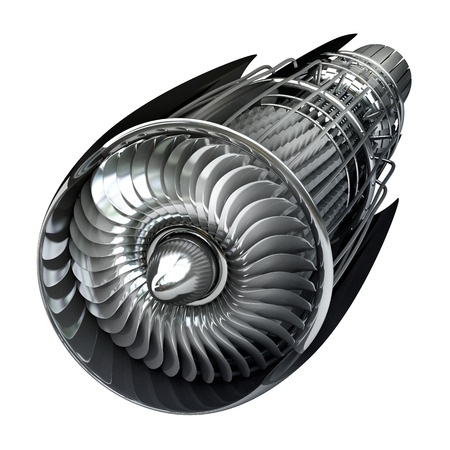
Image Source: Farinia Group
Titanium is an essential material in the aerospace industry, offering a unique combination of high strength, low weight, and excellent corrosion resistance. The aerospace industry requires materials that can withstand harsh conditions, such as high temperatures, pressure changes, and corrosive environments, and titanium is one of the best options available. The following are some of the key ways in which titanium is used in the aerospace industry:
Airframes: The airframes of aircraft, including the fuselage and wings, must be strong and lightweight in order to ensure efficient flight. Titanium is used in airframes because it offers high strength-to-weight ratios and excellent fatigue resistance, making it ideal for use in high-stress components.
Engine components: The high temperatures and corrosive environments in aircraft engines require materials that can withstand these conditions, and titanium is often used for engine components such as blades, combustion chambers, and exhaust systems.
Fasteners: Titanium fasteners are used in the aerospace industry because of their strength, light weight, and corrosion resistance. These fasteners are typically used in high-stress areas, such as in the wings and fuselage of an aircraft.
Spacecraft: The extreme conditions of space travel require materials that can withstand high temperatures and corrosive environments, and titanium is often used for spacecraft components, such as heat shields, structural components, and tanks.
Aerospace coatings: Titanium is also used as a coating material in the aerospace industry, providing excellent protection against corrosion and wear in harsh environments. These coatings are often used on aircraft components, such as landing gear and hydraulic systems.
Some of the top companies that manufacture aerospace titanium are ACNIS International, Arcam, Allegheny Technologies Incorporated, Baoji Titanium Industry Co., Ltd., Dynamic Metals among others.
4. Aluminum

Image Source: Alloys International, Inc.
Aluminum is one of the most widely used materials in the aerospace industry, offering a unique combination of high strength, low weight, and excellent corrosion resistance. The aerospace industry requires materials that can withstand harsh conditions, such as high temperatures, pressure changes, and corrosive environments, and aluminum is one of the best options available. The following are some of the key ways in which aluminum is used in the aerospace industry:
Airframes: The airframes of aircraft, including the fuselage and wings, must be strong and lightweight in order to ensure efficient flight. Aluminum is used in airframes because it offers high strength-to-weight ratios and excellent fatigue resistance, making it ideal for use in high-stress components.
Engine components: Aluminum is used in engine components, such as casings and ducts, due to its light weight and ability to withstand high temperatures and corrosive environments.
Fasteners: Aluminum fasteners are used in the aerospace industry because of their lightweight and corrosion resistance. These fasteners are typically used in high-stress areas, such as in the wings and fuselage of an aircraft.
Spacecraft: Aluminum is also used in spacecraft, providing a strong, lightweight material for structural components, as well as thermal protection in high-temperature environments.
Aerospace coatings: Aluminum is also used as a coating material in the aerospace industry, providing excellent protection against corrosion and wear in harsh environments. These coatings are often used on aircraft components, such as landing gear and hydraulic systems.
5. Advanced Ceramics
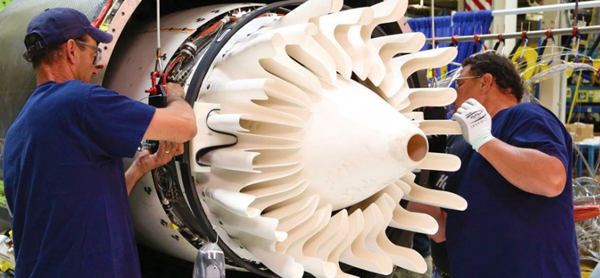
Image Source: United States Advanced Ceramics Association
Advanced ceramics are high-tech materials that are known for their excellent thermal and mechanical properties. They are commonly used in the aerospace industry for their ability to withstand high temperatures and corrosive environments, making them ideal for use in heat exchangers and engine components.
One of the most common types of advanced ceramics used in the aerospace industry is silicon carbide.
Silicon carbide is known for its high thermal conductivity, high melting point, and excellent wear resistance, making it ideal for use in harsh environments. Additionally, silicon carbide is highly resistant to corrosion, making it ideal for use in components that are exposed to corrosive substances, such as fuels and lubricants.
Another type of advanced ceramic that is commonly used in the aerospace industry is aluminum oxide. Aluminum oxide is known for its high hardness, high melting point, and excellent wear resistance, making it ideal for use in high-stress applications, such as turbine blades and engine components.
Some of the top companies that manufacture aerospace ceramics are Morgan Advanced Materials, CERAMCO INC., Advanced Ceramics Manufacturing, Precision Ferrites & Ceramics among others.
6. Stainless Steel
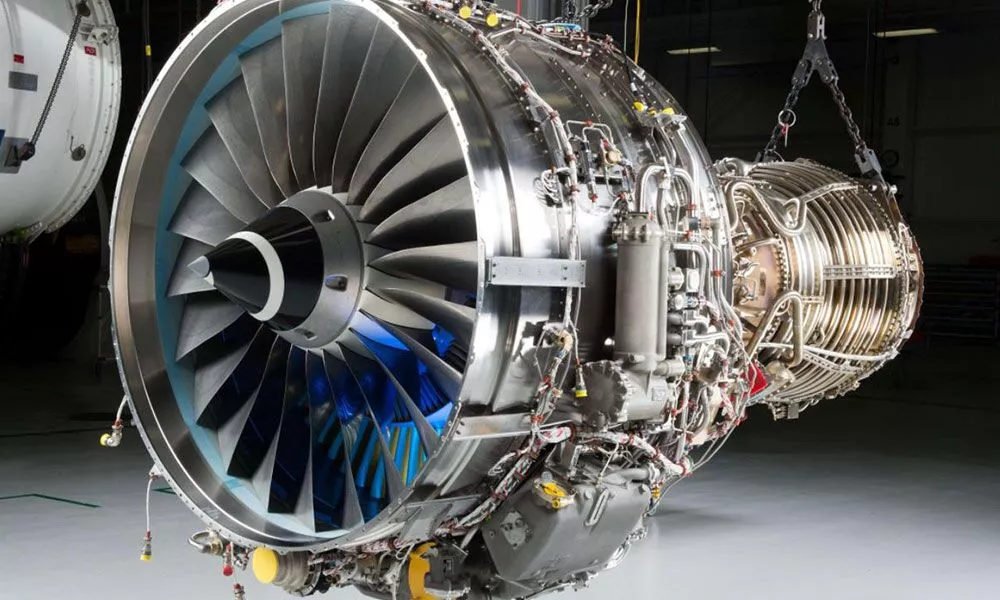
Image Source: YELIAN STEEL(SHANDONG) CO., LTD
Stainless steel is a high-strength, corrosion-resistant metal that is commonly used in the aerospace industry for its ability to withstand high stress and harsh environments. It is known for its excellent resistance to corrosion and its ability to maintain its strength at high temperatures, making it ideal for use in aircraft and spacecraft components.
Stainless steel is also known for its high toughness, making it ideal for use in components that are subjected to impact, such as landing gear and fuselage structures. Additionally, stainless steel is highly resistant to fatigue, making it ideal for use in components that undergo repeated stress, such as wing spars and control surfaces.
7. Nickel-Based Alloys
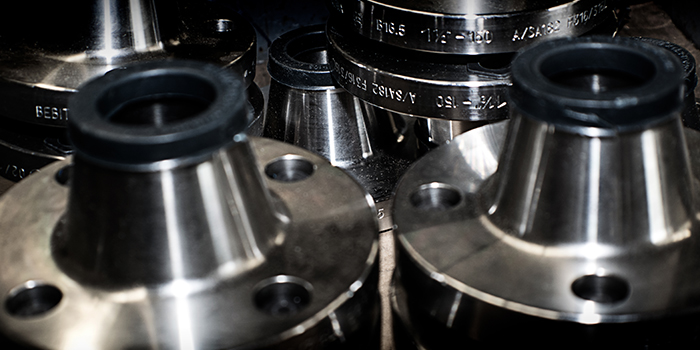
Image Source: James Duva Inc.
Nickel-based alloys are high-strength, corrosion-resistant metals that are commonly used in the aerospace industry for their ability to withstand high stress and harsh environments. They are known for their excellent resistance to corrosion, high toughness, and high melting point, making them ideal for use in aircraft and spacecraft components.
One of the most common types of nickel-based alloys used in the aerospace industry is Inconel. Inconel is known for its high strength, high resistance to corrosion, and excellent resistance to high-temperature oxidation, making it ideal for use in high-stress components, such as turbine blades and engine components.
8. Magnesium Alloys
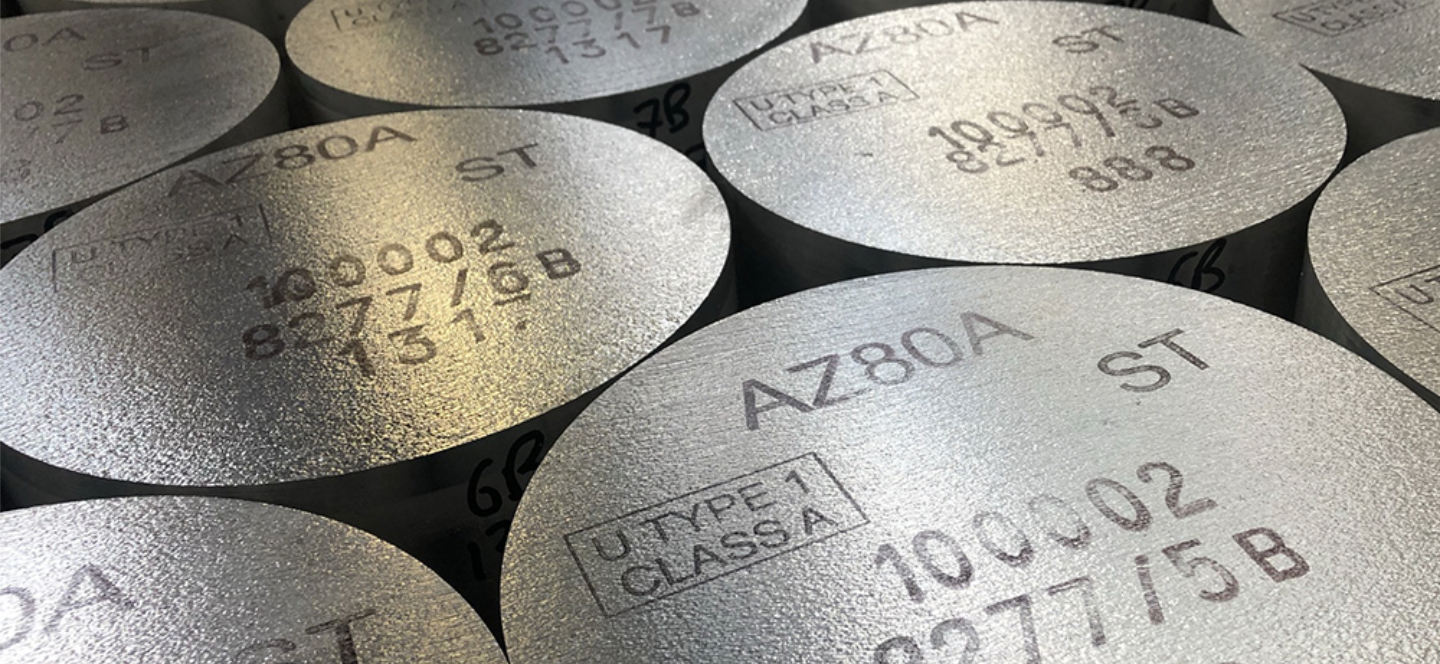 Image Source: Luxfer MEL Technologies
Image Source: Luxfer MEL Technologies
Magnesium alloys are lightweight metals that are commonly used in the aerospace industry for their strength and durability. They are known for their low density, high strength, and high stiffness, making them ideal for use in aircraft and spacecraft structures.
Magnesium alloys are also known for their excellent resistance to corrosion and their ability to maintain their strength at high temperatures, making them ideal for use in high-stress components, such as landing gear and fuselage structures.
In conclusion, aerospace materials play a critical role in the aerospace industry, ensuring the safety and efficiency of aircraft and spacecraft. From composites to stainless steel, each material has unique properties that make it ideal for use in a variety of aerospace applications. When selecting materials for aerospace applications, it is essential to consider factors such as strength, durability, resistance to corrosion, and resistance to high temperatures. By choosing the right material for the job, we can ensure that aerospace missions are successful and that aircraft and spacecraft are safe and reliable.